
To create a successful startup, the idea itself is not enough. Even the best idea will fade out by time. As reported by Bill Gross – an American investor, fund manager, and philanthropist, there are five elements which decide the success of the company: idea, team, business model, funding and timing.
What is a business model?
Michael Lewis – an American author and financial journalist has defined the term Business model as “All it really meant was how you planned to make money”. For example, the “business model” for Microsoft was to sell software for 120 bucks a pop that cost fifty cents to manufacture … The business model of most Internet companies was to attract huge crowds of people to a Web site, and then sell others the chance to advertise products to the crowds. It was still not clear that the model made sense.”
The answer for these 5 crucial questions may help you get a better direction for you to turn the idea into helpful products for the customer, while creating profitable and sustainable business.
 1. Define target market
1. Define target market
Before you kick start your business, it is necessary for you to challenge your assumption about your idea. This is the chance for you to test whether or not your idea is viable. Conducting market research is needed to examine if there are some needs of the customers that can satisfy your products or services.

2. Make a list of your competitor
The analysis is crucial to understand the competition extends beyond the existing rivals and will detect the risk of entering the market. In agreement with Michael E. Porter – an American academic known for his theories on economics, business strategy, and social causes, there are 5 forces that shape the industry competition: Threat of New Entrants, Bargaining Power of Buyers, Bargaining Power of Suppliers, Threat of Substitute Products or Services and Rivalry among existing Competitors. Awareness of the competition in the industry helps startups stake out a position which is more profitable and less vulnerable to attack.
 3. Identify your ideal customers
3. Identify your ideal customers
In order to build a solid foundation for your startup, it is necessary to identify your typical customer and tailor your marketing strategy accordingly. Thinking about who exactly you want to serve based on their demographic, psychological behavior, interests, their challenges and life-time goals. Once you have a clear customer profile, it is easier for you to define a suitable way to approach them.

4. Visualize your revenue stream
Exploring the possibility of the source of your revenue. Is there any different way for you to sell products? It is dangerous if your revenue stream only comes from one source. Creating the revenue stream helps you identify various sources from which business can earn money from in the long term.
 5. Clarify the value that you bring to the market
5. Clarify the value that you bring to the market
You cannot serve what you do not have. That is the reason why you should be clear about the benefits of your product or service that add value to your customers life. You can think of how much value your products or services offer for the customers in their life.

Customers are the lifeblood of every business, understanding their wants and needs will help you allocate effort and resources to satisfy them.
If you are struggling with identifying the business model, here are some examples for you to have a look.

-
Product/Service Model (Hook & Bait)
This model can be explained simply as creating whatever products or services and selling it through marketing channels. This model when executed correctly may give you a huge and sustainable return on your investment.
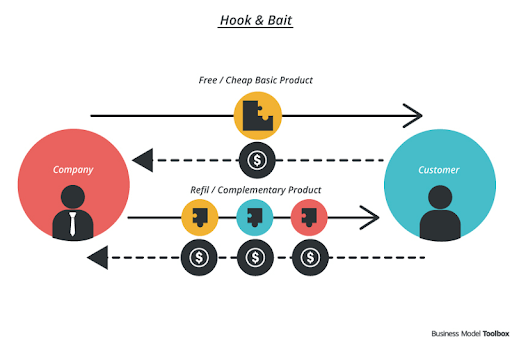
The advantage of this business model is the flexibility because you have the freedom to design your product and then sell them as a physical or digital version.
However, the main drawback comes from the product creation process itself, it takes time, money and resources to build up this model.
-
Ad-based model
This business model requires you to have a large customer base or audience which means they have customer information about their habit, interest and behavior. These ad-base startups gain profit from advertising services that they offer for the company such as Facebook.
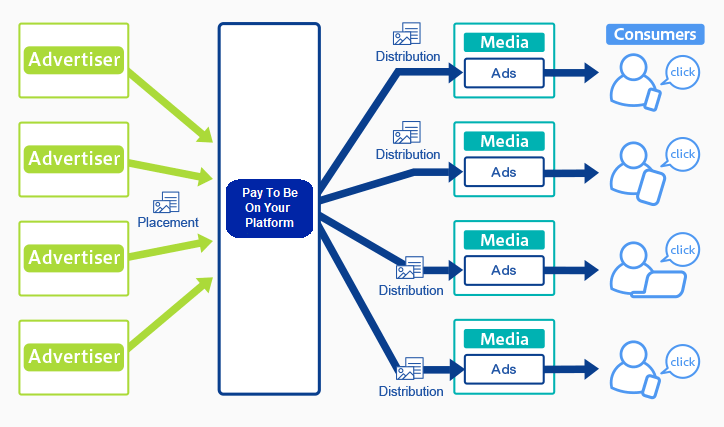
-
Subscription-Based Model
Instead of offering the products or services as one-off purchases, this business model can recurring revenue in forms of period (monthly, annual or life-time) payments. One of the prime examples for this business model is Netflix. Netflix provides customers with a high quality filming service to keep them continuously renew their subscription.

-
On-demand
This business model comes from the need for instant gratification in the world dominated by technological advancement. Customers can easily have all the information and purchase products within their fingerprints.
Some of the great examples for this new business model are Grab and Airbnb.
You can see that they offer customer on-demand which is very convenient by applying new technology in business operation activities.
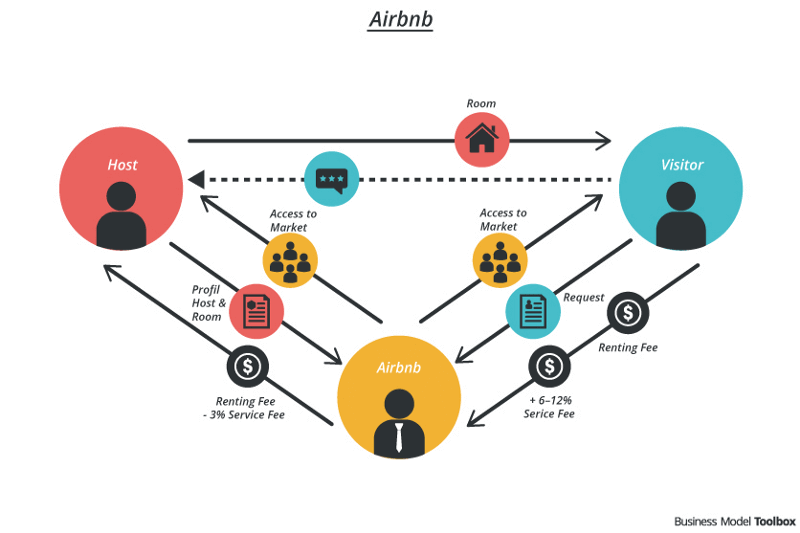
-
Maket Place
The Market place business model provides a platform where buyers and sellers can engage with each other to make transactions. The market place company will handle their transaction and ensure personal security. They earn profits as commission for every transaction.
The two most well-known examples for this type of business are eBay & Alibaba.

-
Freemium
This business model is a good way to approach the need of free products for the customers, while having some certain features for premium users only. Freemium startups allow customers to experience their products without any risk and then make a payment if they want to use more functions.
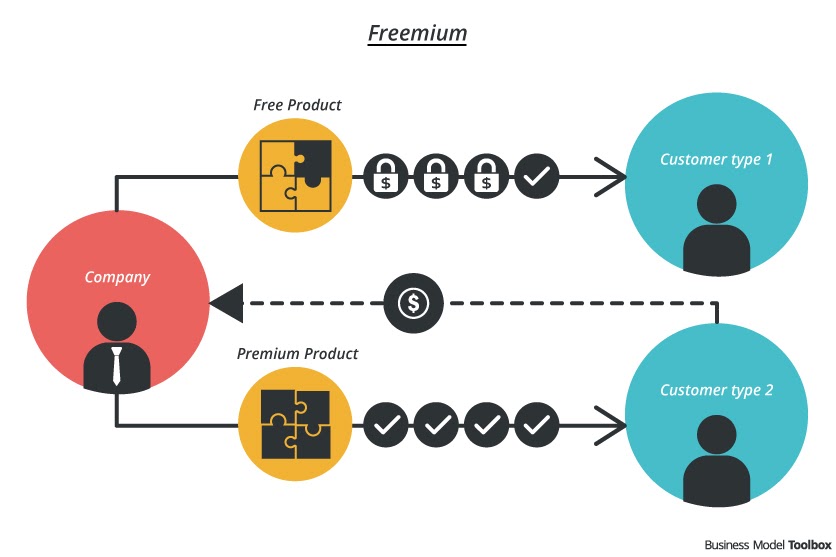
Vimeo is an example of this business model. Vimeo allows you to make video freely, however they limit the amount of data which you can upload weekly. They provide 4 different payment plans to explain features usages such as: password protection, collaboration,…
-
The Ecosystem
Those who reach to the stage of a giant build their own ecosystem to support their customer better and create wider impact like Google, Amazon or Apple…
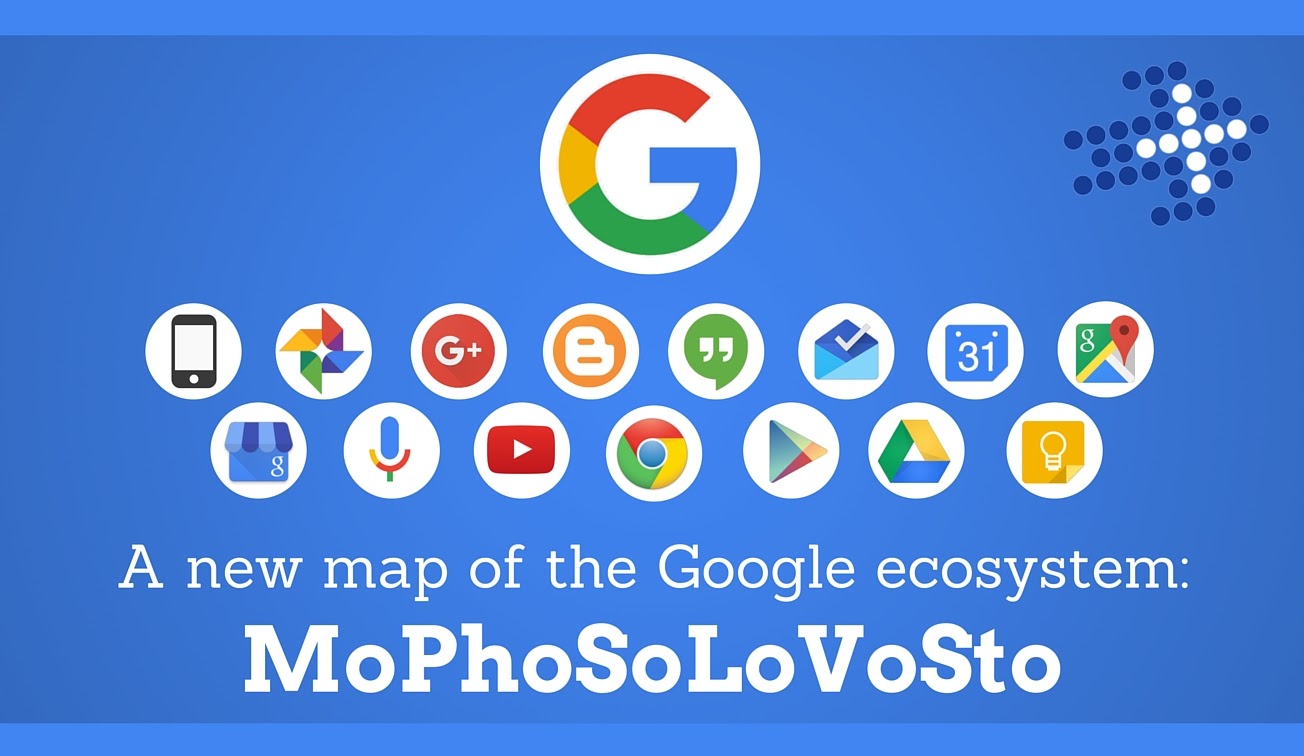
In conclusion, choosing which business model to adopt takes time and effort because it is the process. All you can do is to analyse and research carefully before making a decision. Hopefully this information may give you some hints for you to create a business model which helps you turn your idea into profit in a sustainable way.
